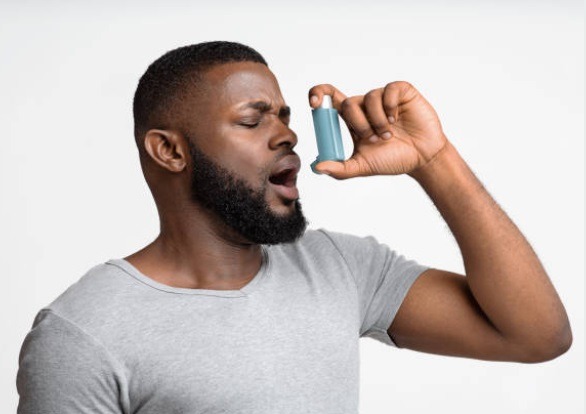
What to do for asthma attack without inhaler
Asthma attack treatment! What to do for asthma attack without inhaler – home remedies for asthma attack without inhaler – asthma attack no inhaler? All right! In this article, you will learn how to stop an asthma attack without an inhaler.
Asthma attack take different forms in different people, but in each case you simply can’t breathe. Your chest feels heavy, and each breath is laboured and unsatisfying.
Being without your inhaler during an asthma attack can be a frightening experience. But there are things you can do to calm yourself down and get your breathing back under control.
The preferred way of treating an asthma attack is to use a rescue inhaler, which contains medication that expands your airways.
But what if you’re having an asthma attack and don’t have your rescue inhaler available? There are several things you can do while you wait for your symptoms to subside or for medical attention.
Here are four ways to stop the attack without an inhaler:
1. Note the time
Asthma attacks last for about five to 10 minutes, so take a second to look at a clock and note the time. If you have not gotten your breathing back into a normal pattern within 15 minutes, then seek medical attention.
2. Stay seated or sit down if you are standing
Sitting upright in a chair is the best position to be in as you try to get your breathing back under control. Do not recline or lie down because this may make it harder for you to breath.
3. Loosen up any tight clothing
Tight fitting pants or a tight collar may restrict your breathing. Take a moment to loosen up your clothing if you feel like it is interfering with your ability to breathe.
4. Take deep, slow breaths in through your nose and out through your mouth
Try to relax your body and focus only on your breathing. You may find it helpful to count to five slowly as you inhale and then count back down from five as you exhale. Closing your eyes or focusing on an image or object may also help to keep you calm.
- As you breathe in focus on pulling air down into your stomach, then use your stomach muscles to help you push the air out. This is called diaphragmatic breathing, and it will help you to take in deeper breaths.
- To make sure that you are taking in full deep breaths, try placing one hand on your stomach (just below your ribcage) and the other on your chest. As you breathe, you should notice that the hand on your chest is staying still while the hand below your ribcage is rising and falling.
Lean: How to Detox your Liver
